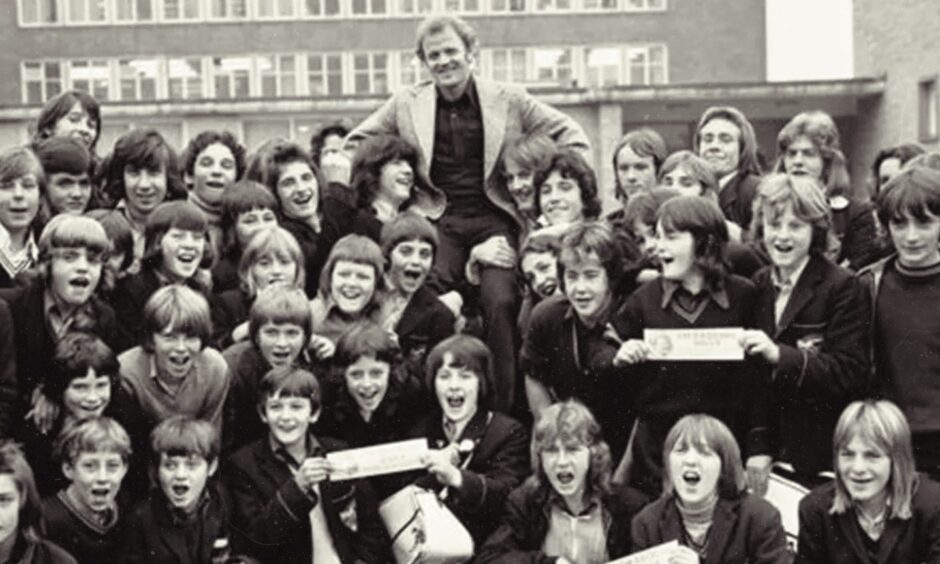
There was no place like home when Billy Bremner returned to where it all started for his testimonial match against Stirling Albion.
The little redhead couldn’t resist taking a nostalgic trip down memory lane when he brought his Leeds United side to Annfield on October 30 1973.
Bremner was a ball boy for the club as a teenager and trained on the Annfield pitch as a young player making his way in the game with Gowanhill Juniors.
He was born in Stirling on December 9 1942 to James and Bridget.
Bremner was nicknamed Brock and grew up in a council house in Weir Street on the tough Raploch scheme, which was known locally as Chicago.
He first kicked a ball in anger with the St Mary’s Primary School team.
Bremner was a natural with the ball at his feet.
He was captain of the football team at St Modan’s High School and lost count of the number of times he wore a maroon and yellow stripe jersey.
He played for Gowanhill Juniors from age 13.
Bremner could easily bully players twice his size off the ball.
He was selected for Scotland Schoolboys and played alongside some of the finest 14 and 15-year-olds in the country including Andy Penman.
Bremner was a stand out performer in a game between England and Scotland at Wembley Stadium in 1958 and was invited to visit Arsenal and Chelsea.
His stock continued to rise.
Winning debut at Stamford Bridge aged 17
As well as Arsenal and Chelsea, there was interest from Aston Villa, Celtic, Leeds United, Rangers and Sheffield Wednesday.
Bremner agreed to sign for Leeds in December 1959 aged 17.
He made his debut against Chelsea at Stamford Bridge in January 1960.
Leeds won the game 3-1.
Bremner was described as “10 stone of barbed wire” by one newspaper.
The phrase stuck.
He scored his first goal in a 3-3 draw against Birmingham City in March 1960.
Bremner ended the season as a first-team regular but the club was relegated.
The homesick teenager made many trips back to Raploch.
One of these saw him meet his future wife, Vicky, in the Plaza when Lulu was performing in the dance hall on her journey to pop stardom.
Leeds struggled in the Second Division.
Don Revie took over as manager in March 1961.
Bremner was still unsettled and got engaged to Vicky on Hogmanay 1961 after phoning her every night for three months from a public telephone box in Leeds.
She would wait in another phone box in Stirling at a pre-arranged time.
The “coin-box courtship” cost him a fortune.
He insisted it was worth every penny.
He continued to play every week, although he was unconvinced of the merits of a future at Elland Road when he asked for a transfer in January 1962.
Bremner got married in Stirling in 1962
Bremner was eager to return to Scotland to be with Vicky.
Hibs made an official bid of £25,000 for Bremner, which he was ready to sign.
Revie travelled to Stirling and asked Vicky to change his mind about returning to Scotland because he wanted to build his team around her boyfriend.
She agreed.
Revie persuaded Vicky to move to Leeds after the wedding.
She travelled down several times to furnish the home in Plantation Avenue.
Alex Smith played alongside Bremner with Gowanhill Juniors and was best man when he got married to Vicky at St Mary’s Church on November 14 1962.
Perhaps it was fate that he stayed at Leeds.
Some describe the Leeds side between 1965 to 1974 as Britain’s best ever.
He was granted a testimonial in 1973.
Bremner was very loyal to his home town.
There was only one opponent he was going to choose.
Bremner took nostalgic tour of home town
Bremner was captain of Leeds and Scotland when he travelled home for the testimonial match against Stirling Albion, who were in the Second Division.
He visited some old haunts including St Modan’s High.
Excitement reached fever pitch when Bremner turned up in the playground.
He received a tremendous reception from pupils.
Bremner was generous with his time.
He took time to sign autographs and chat with as many children as possible.
The 6,090 crowd was Stirling Albion’s biggest of the season.
Bremner was among five Scots in the starting line up including David Harvey, Gordon McQueen, Joe Jordan and Peter Lorimer, who was born in Dundee.
The “Scottish Mafia” was complemented by goalkeeper John Shaw, defender Frank Gray, midfielder Billy McGinley and striker Gary Liddell on the bench.
Shaw and Liddell were both from Stirling.
Fans chanted Billy’s name at Stirling testimonial match
The game was a fitting tribute to Bremner.
Leeds went ahead on 22 minutes through Mick Bates.
It looked like the floodgates might open but Stirling Albion held on and equalised through Gus McMillan from 12 yards on 33 minutes.
John Shaw replaced David Harvey in goal for the second half and was called into action immediately, forcing a fierce strike from Billy Steele over the bar.
Stirling Albion took the lead 30 seconds later.
Shaw came out for a cross but was beaten to the ball in the air by defender Frank McAteer, whose header sneaked just inside the post.
Leeds moved up the gears.
Mick Jones equalised with a header on 60 minutes.
Mick Bates put them 3-2 ahead almost from the restart with a blistering strike.
Stirling Albion almost got a draw at the death when Billy Steele hit the post.
A memorable night ended with the fans chanting Bremner’s name.
Bremner received a second testimonial
Leeds would go on to win the league title.
Bremner was so good he had two testimonials.
His main benefit match took place against Sunderland at Elland Road in 1974.
Bremner made 587 appearances for Leeds between 1959 and 1976.
With him as captain, Leeds won the league in 1969 and 1974, tasted FA Cup glory in 1972, won two European Fairs Cups and a League Cup.
He became the darling of Scotland fans in dark blue with 54 caps, including the famous 3-2 victory over World Cup winners England at Wembley in 1967.
He was also captain at the 1974 World Cup Finals.
Scotland became the first team to go out without losing a game.
Bremner died at the age of 55 in 1997
Bremner moved to Hull in 1976 after leaving Leeds.
He became the manager of Doncaster Rovers in 1978.
He managed Leeds for three years before returning to Doncaster in 1989.
After retiring from football in November 1991 he worked on the after-dinner circuit and one of his final engagements was in Fife.
He was the star attraction at the Tulliallan Thistle sportsman’s dinner in Kincardine, before taking ill at his home in December 1997.
He died from a heart attack just two days short of his 55th birthday.
For all his goals and the silverware he lifted, perhaps the two most enduring images of Bremner illustrated his firebrand nature.
One is of Bremner protesting his innocence as Spurs’ Dave Mackay angrily picked him up by the shirt after a challenge.
The other is Bremner and Kevin Keegan walking bare-chested from the Wembley pitch after they’d been sent off for fighting in the 1974 Charity Shield.
Bremner was the ‘captain of captains’
Fans lined the streets for the funeral service in Rotherham.
Mourners were led by wife Vicky and children Amanda, Billy and Donna.
The hearse was surrounded by wreaths in Leeds colours.
A football made of carnations had come from grandson Chad, whom he doted on.
One tribute stood out.
Lifelong friend Alex Smith told the congregation how he introduced Bremner to Gowanhill Juniors when he was 13.
“It was the first sign of the loyalty that Billy Bremner had and the free spirit he had because he was so pleased to play that he came to the next couple of games to watch and we struck up a friendship,” he said.
“He became captain of Leeds and he became captain of a team of captains.
“He achieved everything in football.
“But the thing he treasured most was Vicky and his family.”
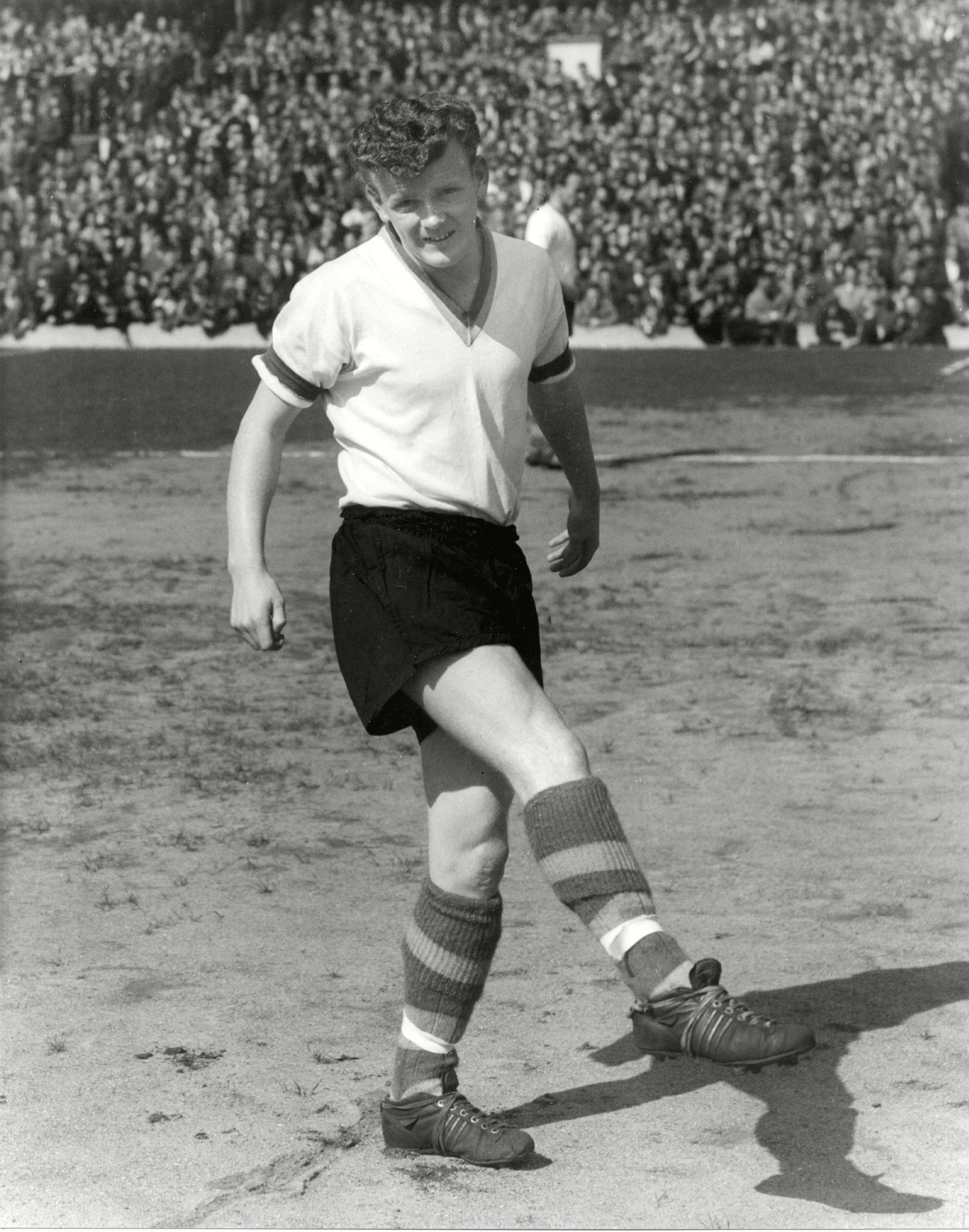
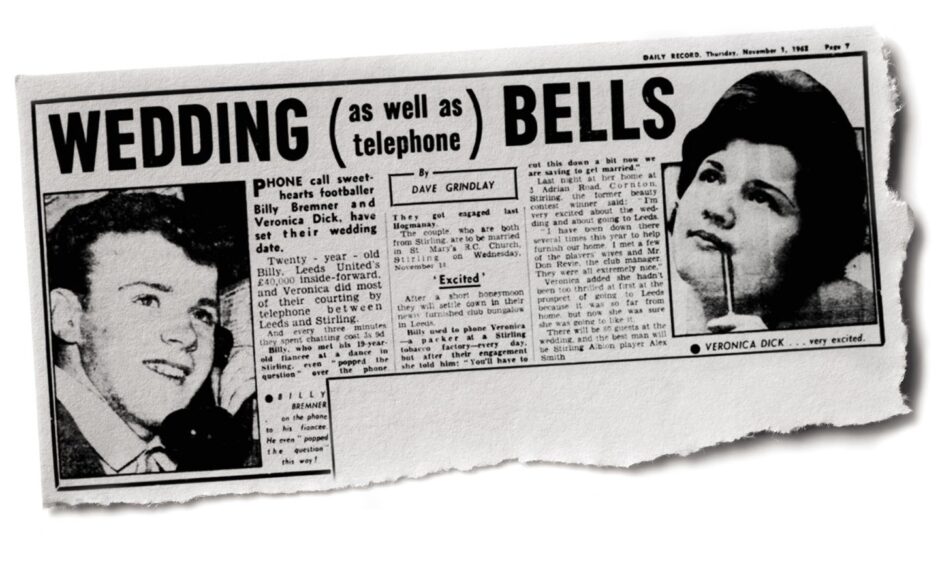
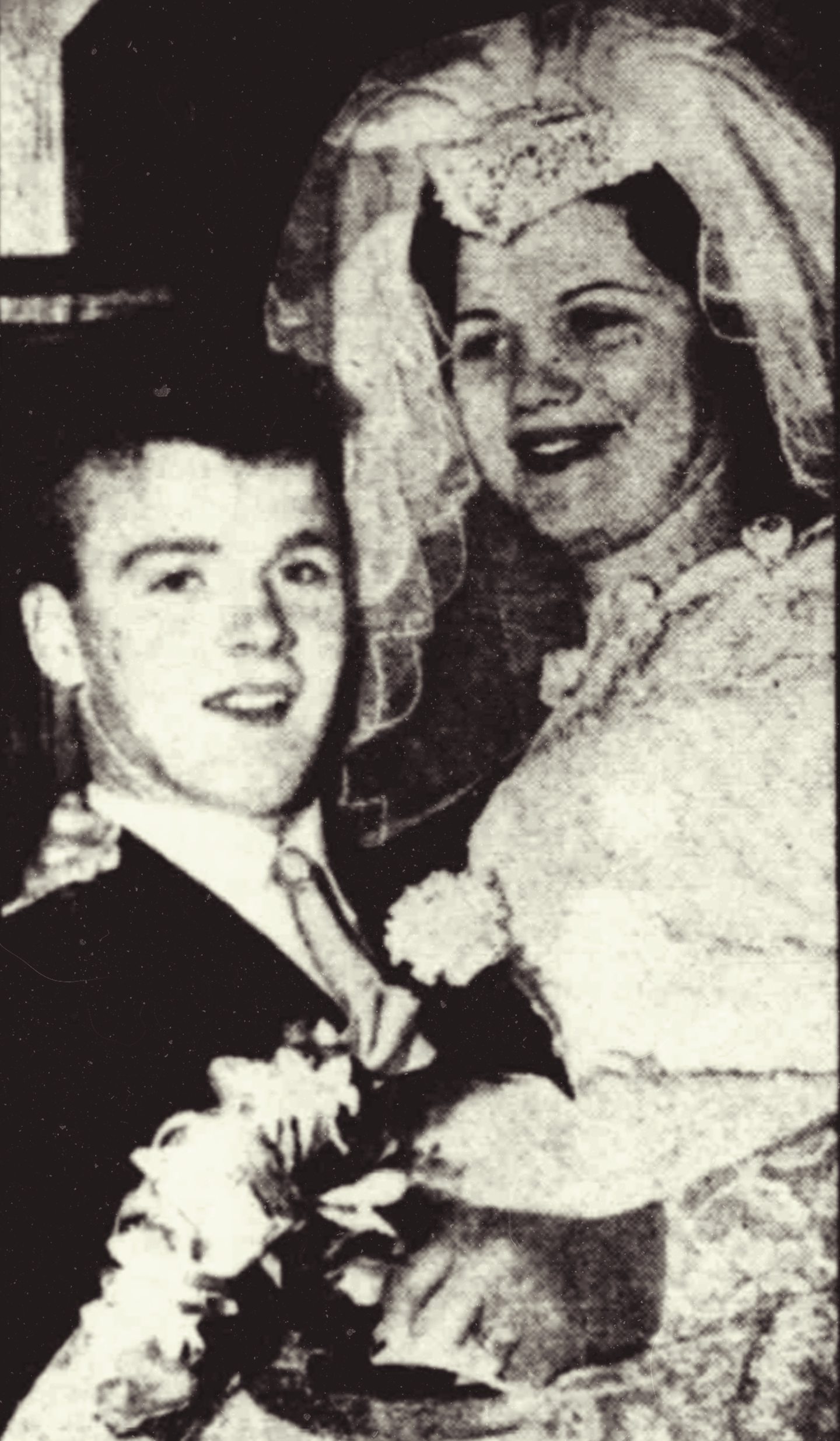
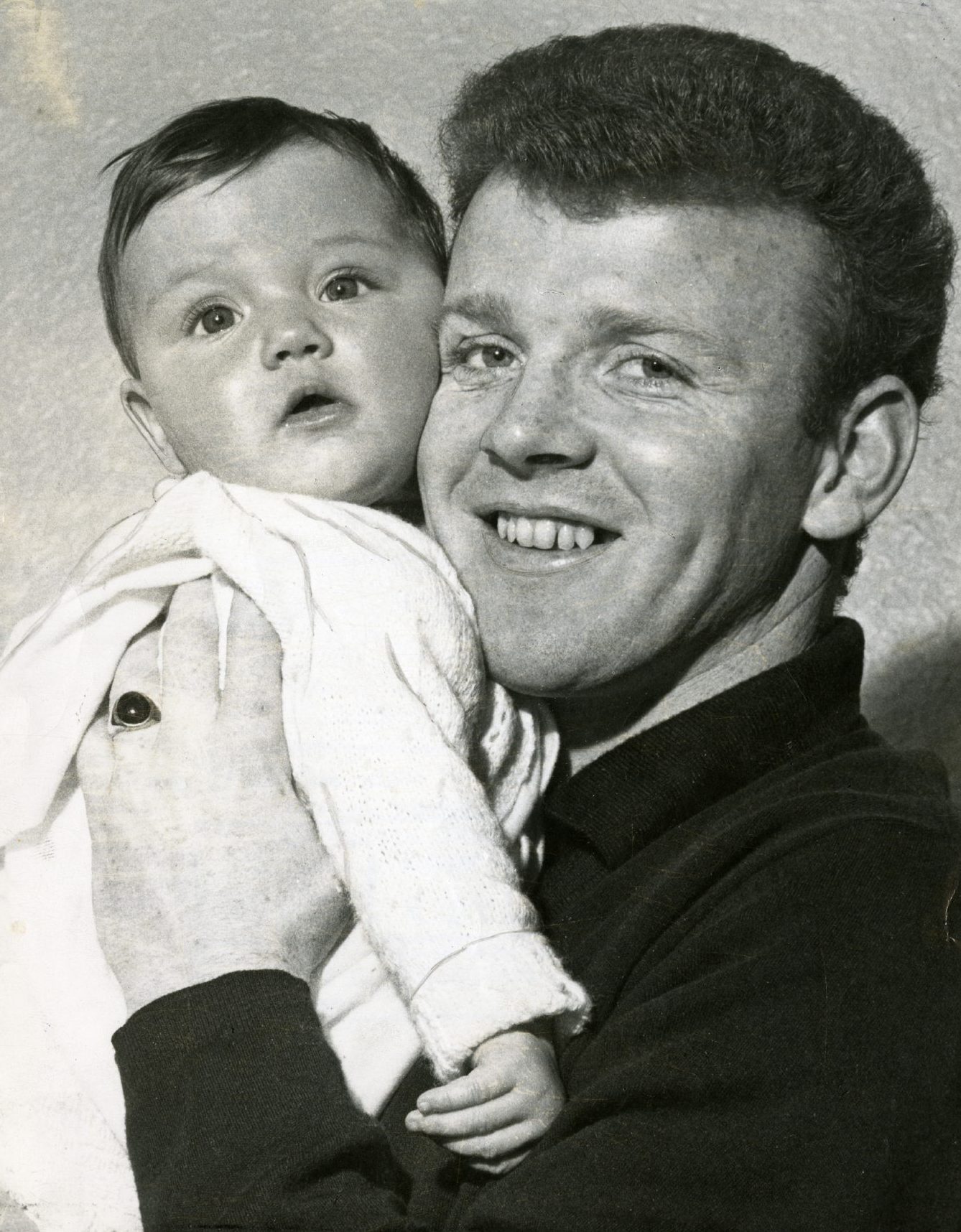
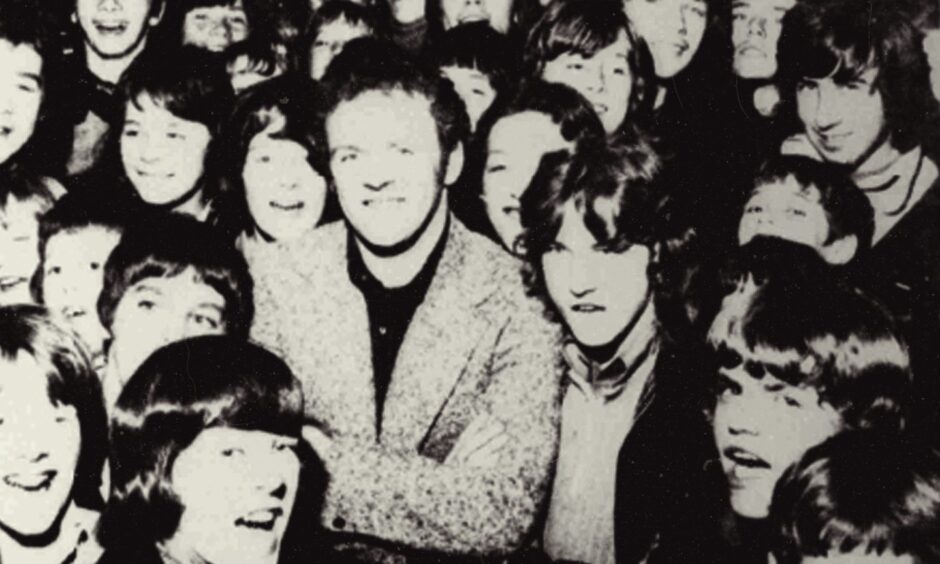
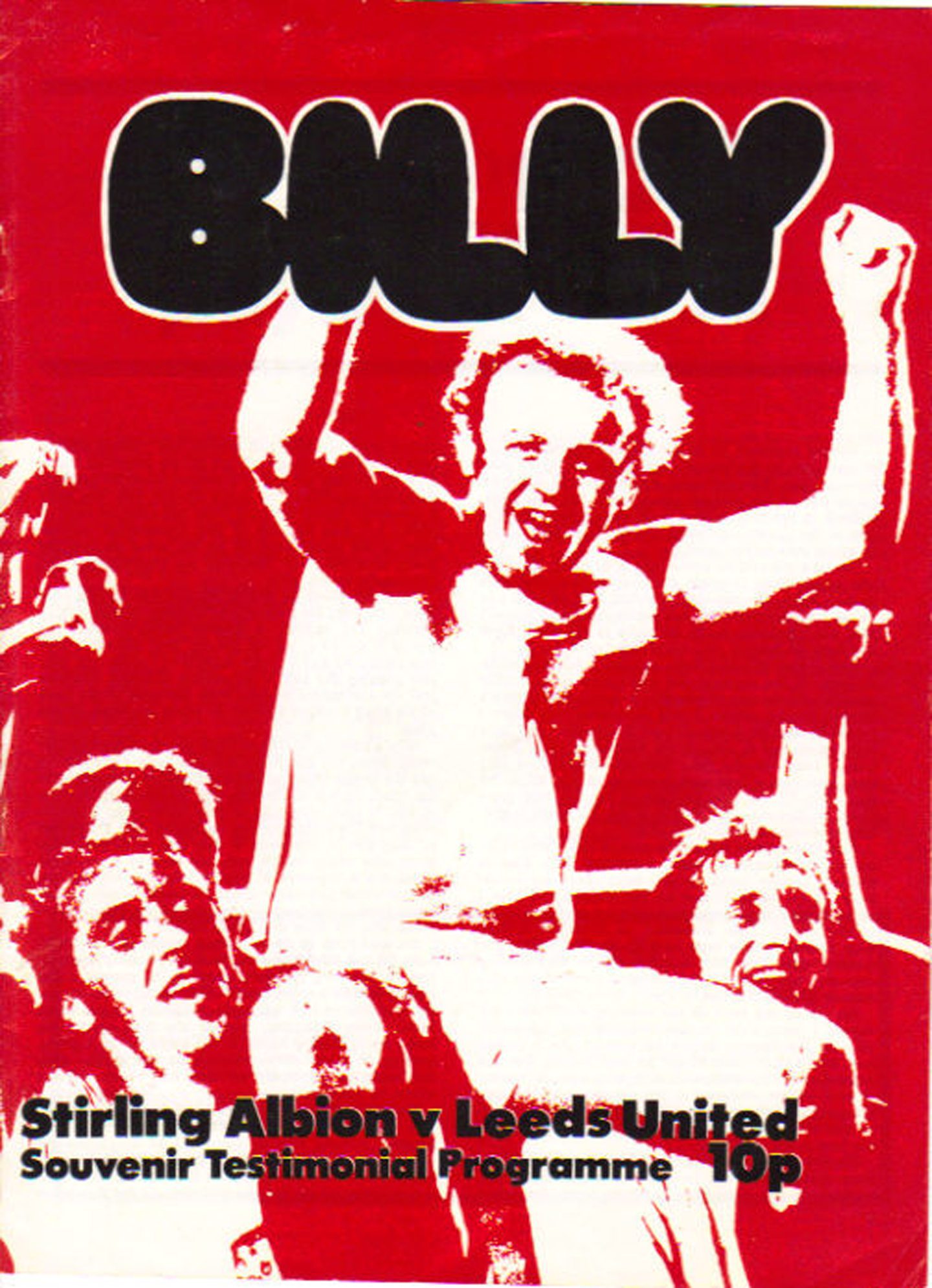
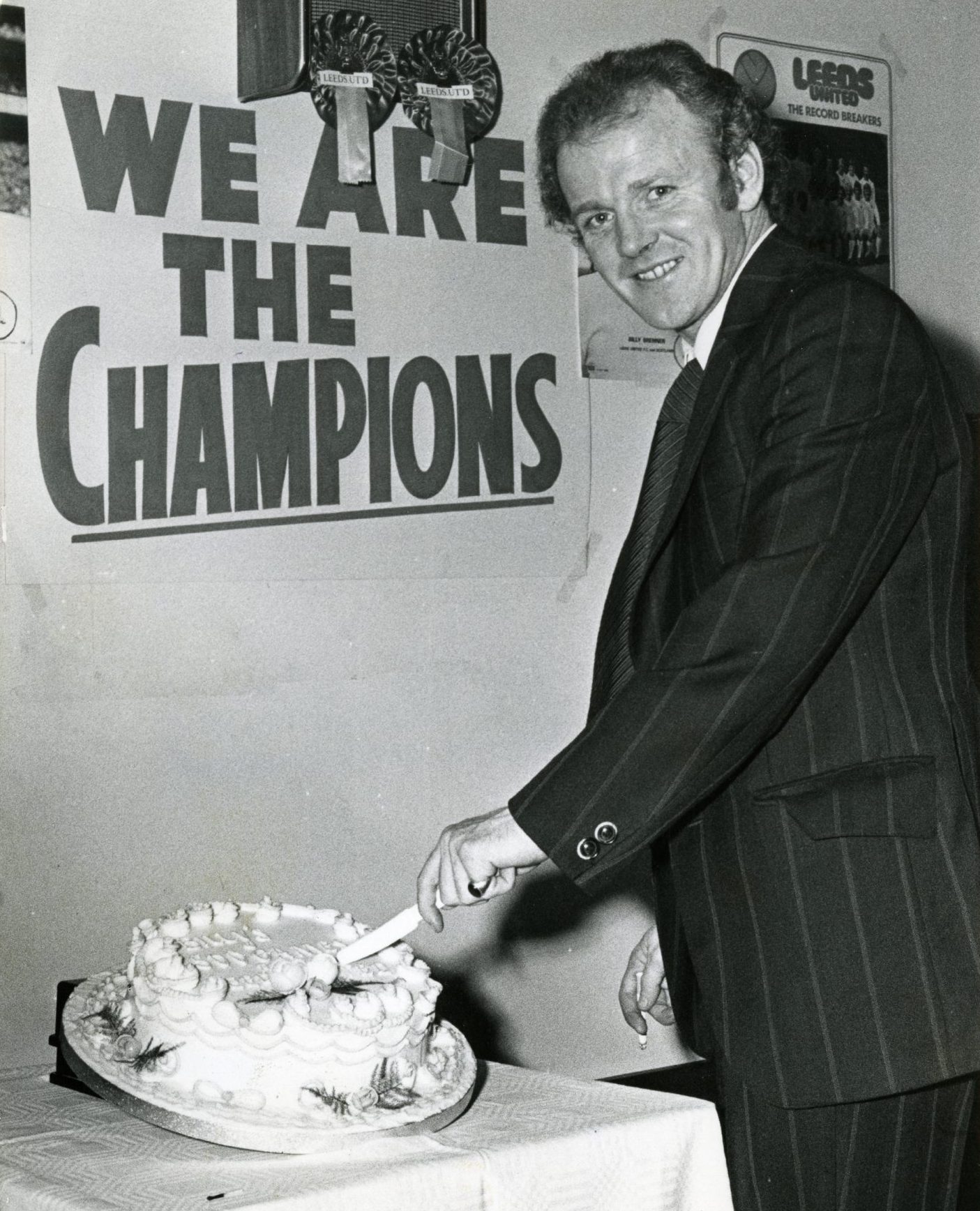
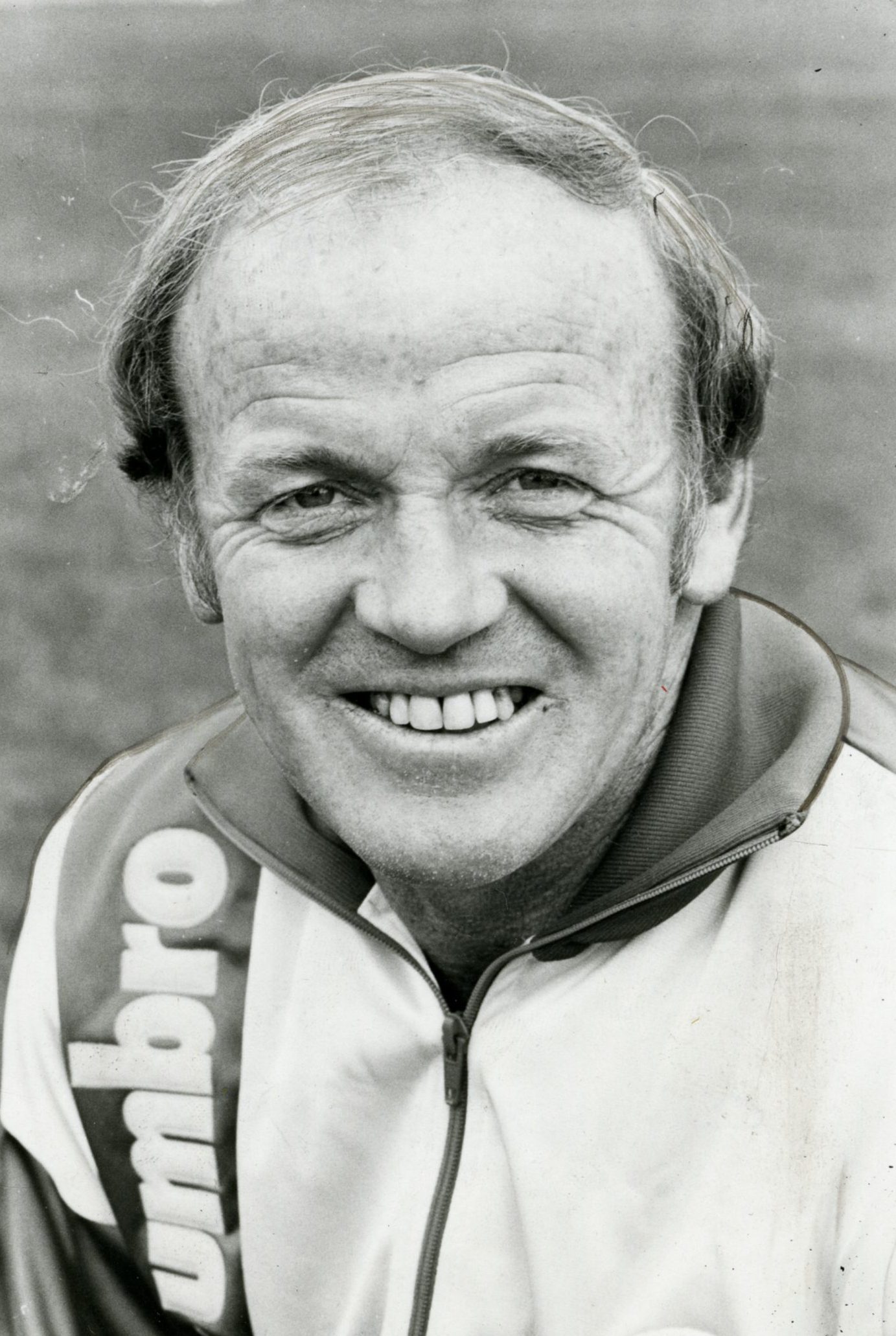
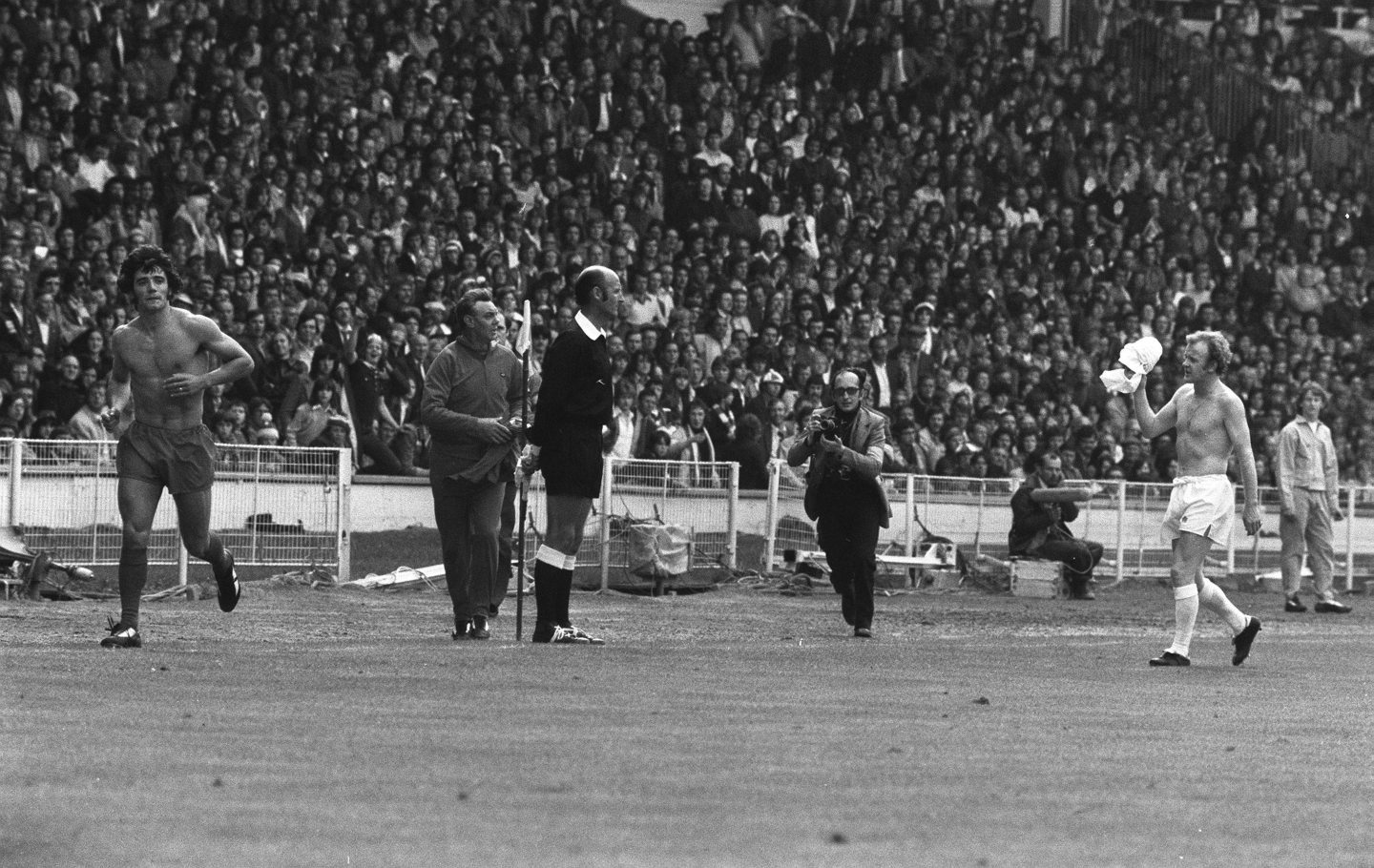
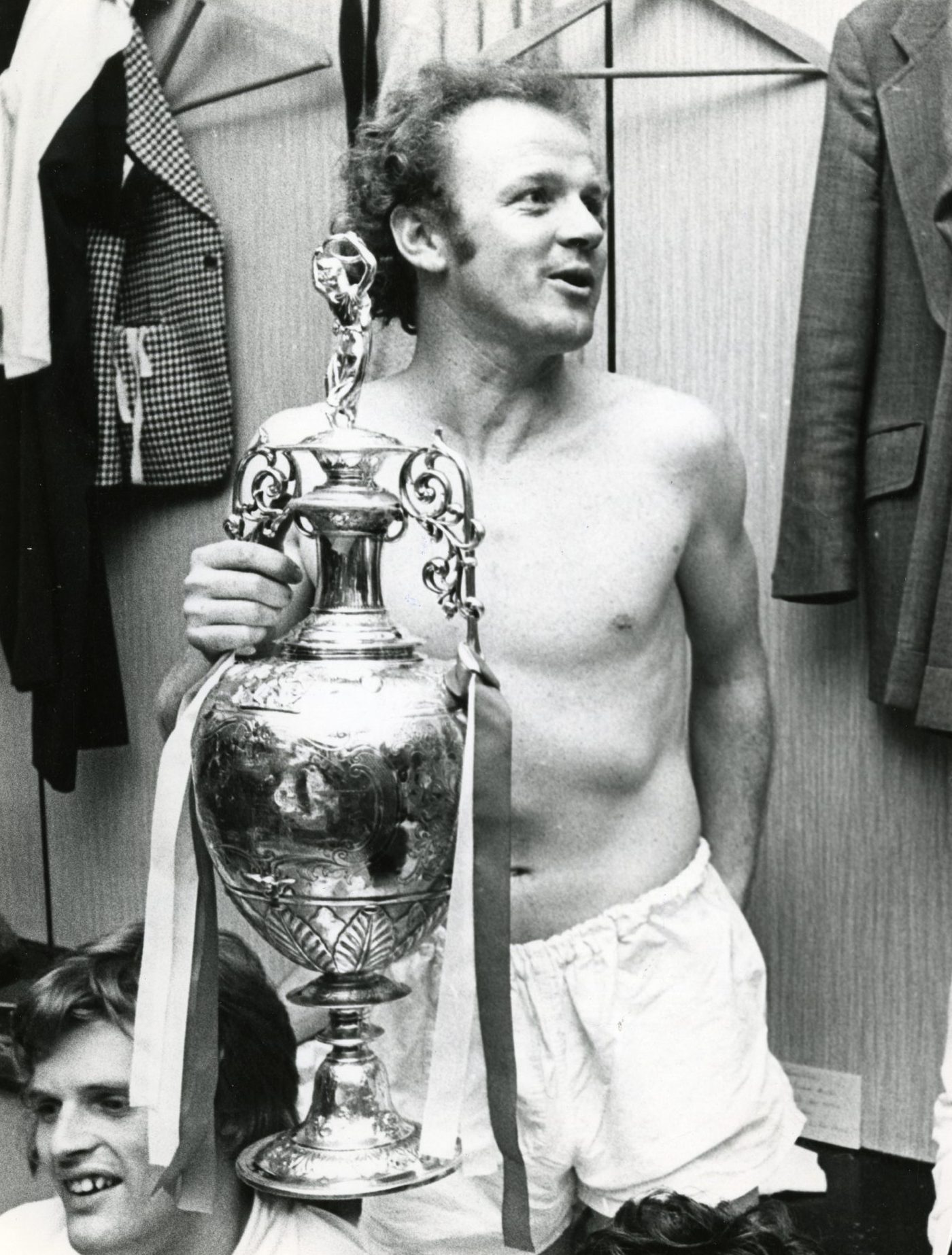
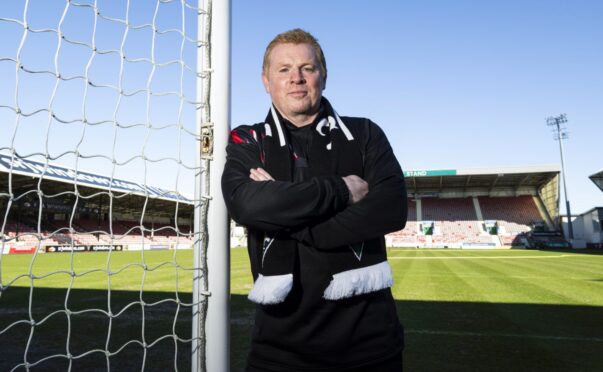
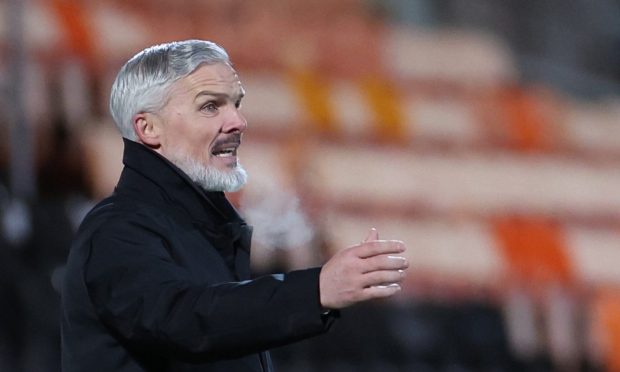
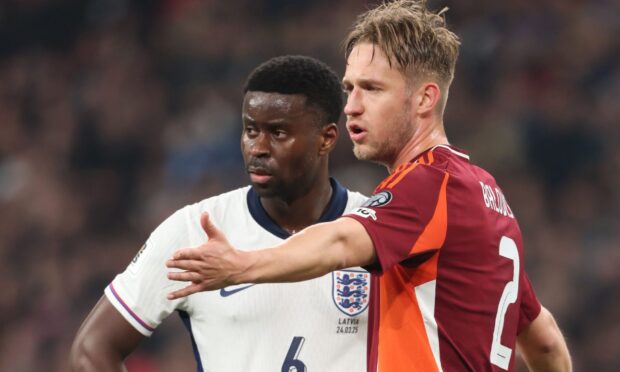
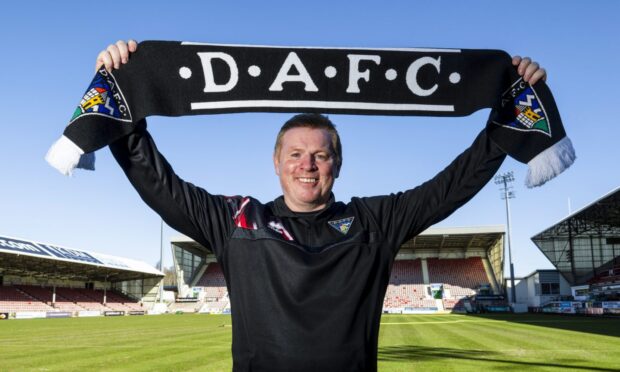
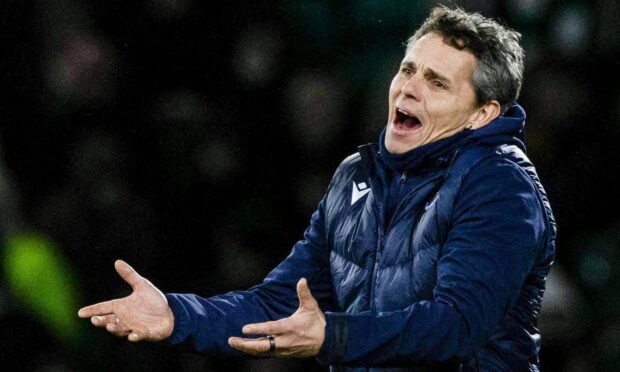
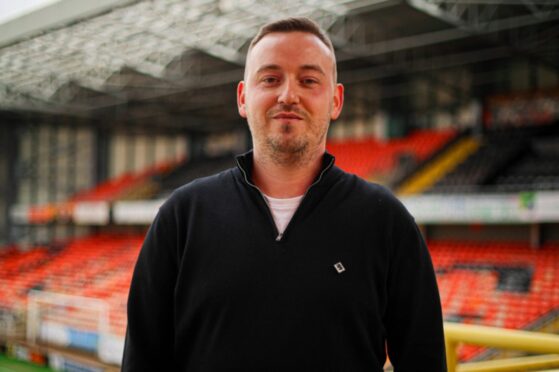
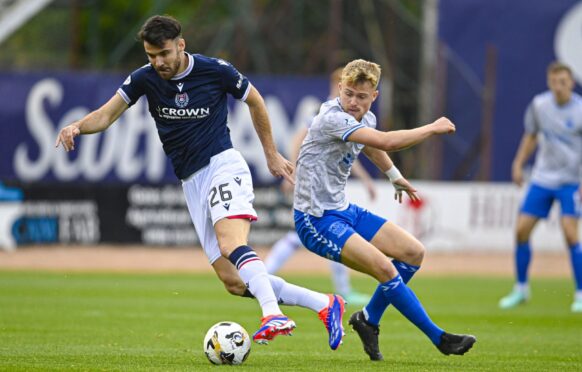
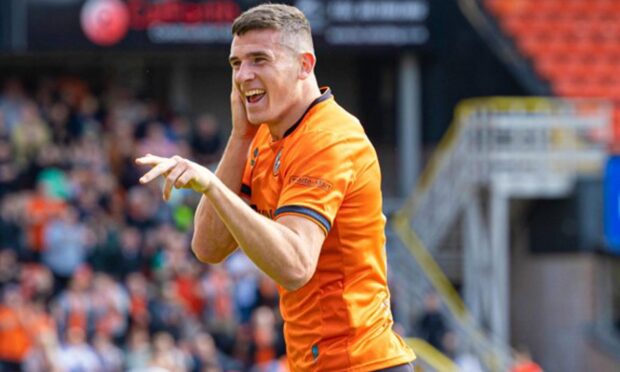
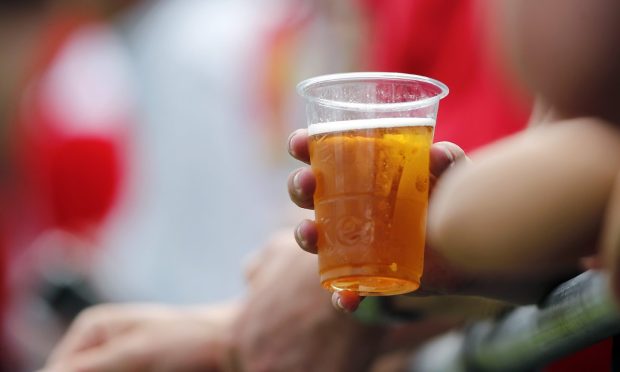
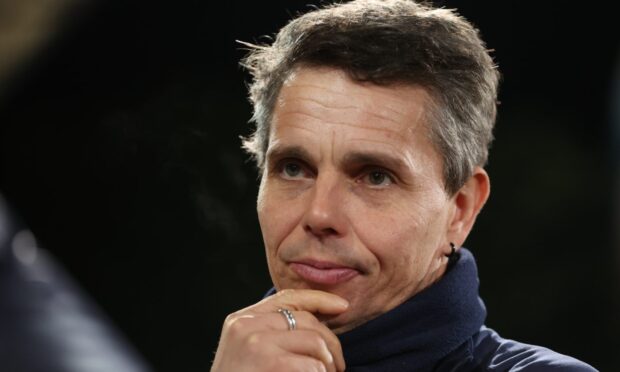
Conversation